- September 21, 2025
- by Cindy Williams
- 0 Like
- 0 / 5
- Cuisine: Comfort Food, French
- Difficulty: Easy
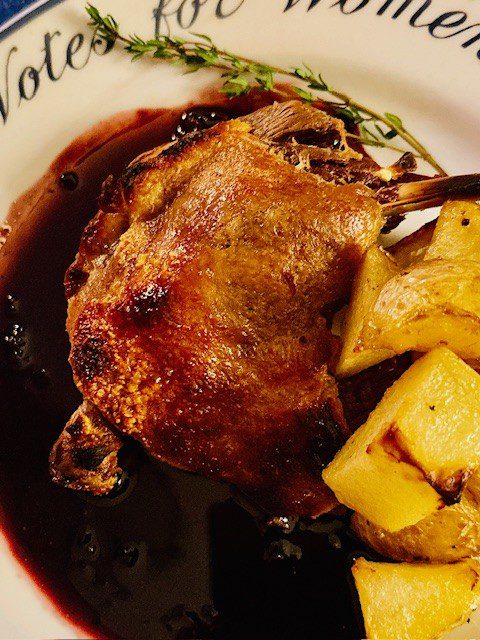

-
Prep Time4 or 5 days including curing time!
-
Cook Time20 minutes
-
Serving6
-
View107
Henry VIII is said to have eaten duck confit which is duck cooked in its own fat. Given his enormous appetite for food and women, it is hardly surprising he would have a fondness for this dish which may have originated in the 1500’s. When Henry was young and athletic, he cut quite a dashing figure. But after a bad jousting accident when his horse fell on his leg, he became sedentary and grew fat. It’s not hard to imagine him devouring a leg of chicken or duck, then tossing the bones over his shoulder to a pack of scrappy greyhounds. If you haven’t watched Charles Laughton in The Private Life of Henry VIII (1933) it’s a thoroughly entertaining depiction of one of history’s greatest tyrants whose table and bedroom manners were infamously horrible.
Interestingly, when Laughton played Henry, he was married to his co-star Elsa Lanchester who played Anne of Cleves. The scene where Henry lays eyes on Anne for the first time is hilarious. It’s hard to imagine why women lined up to be Henry’s Queen… on the other hand there’s nothing new about these sorts of transactional relationships. This was a great movie to watch while eating duck confit. For its time, it was amazingly sexual! Then again, how could you tell the story of Henry VIII (Royal Predator) without letting him literally nibble on the slender white necks of his prey.

Duck confit is not hard to make but it is time consuming. I bought frozen duck legs from D’Artagnan’s and they were delivered on dry ice. Thaw them in the frig. Then, cure them as directed below for at least 24 hours and up to 3 days. Then, you have to brush or rinse off as much salt as you can and pat the duck legs dry. Now you cook them, submerged in duck fat, for 3 hours at 250 degrees. When the legs are cooked, remove them from the fat. Let them cool. Then strain the impurities from the fat and pour it back over the duck legs. They can be stored in the frig covered in fat for weeks. When you want to eat one, remove it from the fat carefully trying not to shred the meat. Remove as much of the fat from the leg as you can, then broil it on high in the oven for 5 to 8 minutes. Be careful here because the duck can easily burn. You will wind up with deliciously crackly and crispy dark golden duck skin! Serve your crispy duck confit with some sort of fancy-schmancy potatoes and a fruity sauce, something like this port reduction sauce, or a Cumberland sauce made with equal parts raspberry jam and horseradish.
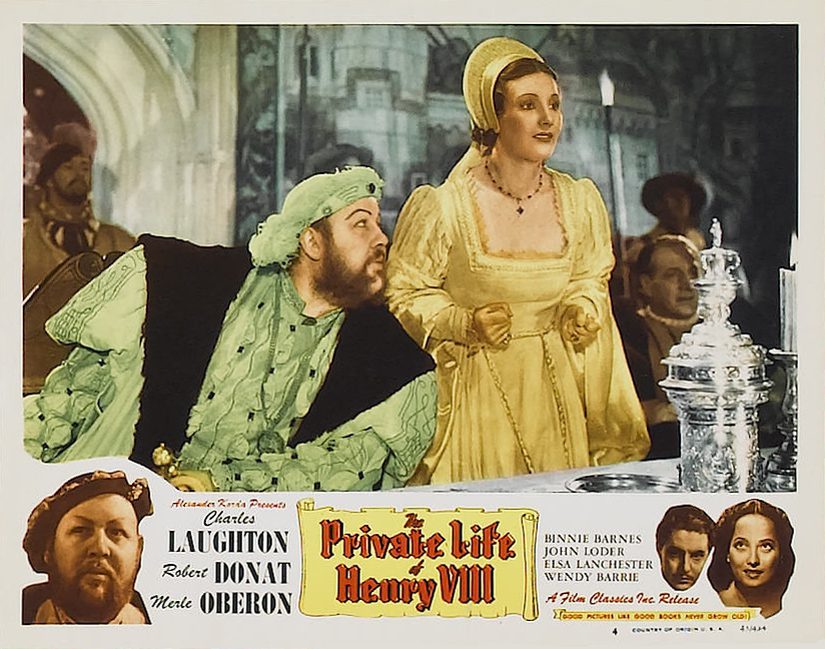

Ingredients
Duck Confit
Port Wine Reduction Sauce
Directions
Let the duck legs thaw in the refrigerator.
The first step is curing the duck. Pat the duck legs dry and lay them skin side up in a large casserole dish. Sprinkle them with kosher salt, juniper berries, whole cloves of garlic and crushed bay leaves. You'll have to turn the legs over a few times to get the seasonings on both sides. Cover well with plastic wrap and return to the frig for at least 24 hours and as long as 3 days.
When you are ready to cook the duck legs. You need to make sure your duck fat is melted. Brush off the salt/seasonings from the legs. Lay them skin side up in the same large casserole dish so that they are not on top of each other. Pour the fat on top and all around them so that they are full submerged. Cook at 250 degrees for three hours.
Remove the cooked duck legs from the fat. Pour off the used fat. Store the legs in the frig and use them immediately, or if you want to store them, you'll have to cover them with fat again. You want to store the legs in clean fat, so you either have to have more duck fat on hand, or you have to strain that used fat and let it cool a bit and pour it back on top of the legs. Wrap the casserole tightly with plastic wrap. You can store the legs in clean fat for weeks. Just make sure you have completely covered the duck with the fat.
When you are ready to crisp up the duck legs, remove them from the fat. You can crisp them in a skillet or in the oven. I prefer the oven. Get as much fat off the duck as possible. Broil them on "High" for 3 to 10 minutes depending on your broiler. Mine took about 5 minutes. But watch the legs closely when they are under the broiler because they will burn quickly. You want them dark and crispy not blackened. Serve with a port wine reduction sauce, fancy-schmancy potatoes of some sort and a good glass of wine.
FOR THE PORT REDUCTION SAUCE: Melt a spoonful of duck fat, preferably with a little bit of that golden gelatin at the bottom in a skillet over medium high heat. Toss in the minced shallots and stir/cook until they are soft. Pour in a splash of vinegar. Pour in the port wine and lower the heat and let it thicken a bit. Add the duck stock and keep cooking over low heat until you have a thick almost syrupy sauce. Add the thyme leaves. Season with salt and pepper. Serve alongside or beneath the duck leg.
You May Also Like
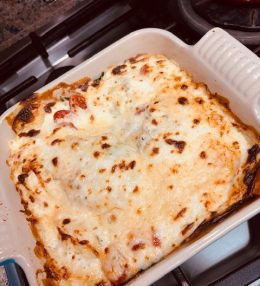

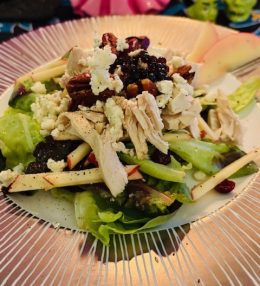

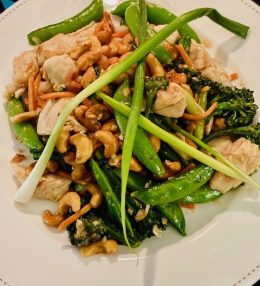

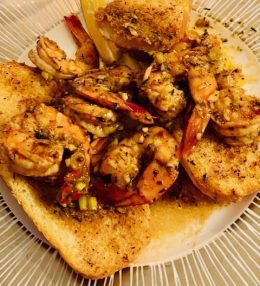



HENRY’S DUCK CONFIT
Ingredients
Duck Confit
Port Wine Reduction Sauce
Follow The Directions
Let the duck legs thaw in the refrigerator.






The first step is curing the duck. Pat the duck legs dry and lay them skin side up in a large casserole dish. Sprinkle them with kosher salt, juniper berries, whole cloves of garlic and crushed bay leaves. You'll have to turn the legs over a few times to get the seasonings on both sides. Cover well with plastic wrap and return to the frig for at least 24 hours and as long as 3 days.






When you are ready to cook the duck legs. You need to make sure your duck fat is melted. Brush off the salt/seasonings from the legs. Lay them skin side up in the same large casserole dish so that they are not on top of each other. Pour the fat on top and all around them so that they are full submerged. Cook at 250 degrees for three hours.






Remove the cooked duck legs from the fat. Pour off the used fat. Store the legs in the frig and use them immediately, or if you want to store them, you'll have to cover them with fat again. You want to store the legs in clean fat, so you either have to have more duck fat on hand, or you have to strain that used fat and let it cool a bit and pour it back on top of the legs. Wrap the casserole tightly with plastic wrap. You can store the legs in clean fat for weeks. Just make sure you have completely covered the duck with the fat.






When you are ready to crisp up the duck legs, remove them from the fat. You can crisp them in a skillet or in the oven. I prefer the oven. Get as much fat off the duck as possible. Broil them on "High" for 3 to 10 minutes depending on your broiler. Mine took about 5 minutes. But watch the legs closely when they are under the broiler because they will burn quickly. You want them dark and crispy not blackened. Serve with a port wine reduction sauce, fancy-schmancy potatoes of some sort and a good glass of wine.






FOR THE PORT REDUCTION SAUCE: Melt a spoonful of duck fat, preferably with a little bit of that golden gelatin at the bottom in a skillet over medium high heat. Toss in the minced shallots and stir/cook until they are soft. Pour in a splash of vinegar. Pour in the port wine and lower the heat and let it thicken a bit. Add the duck stock and keep cooking over low heat until you have a thick almost syrupy sauce. Add the thyme leaves. Season with salt and pepper. Serve alongside or beneath the duck leg.



Leave a Review